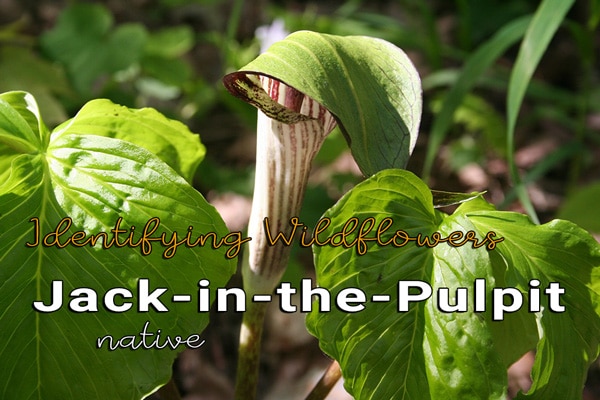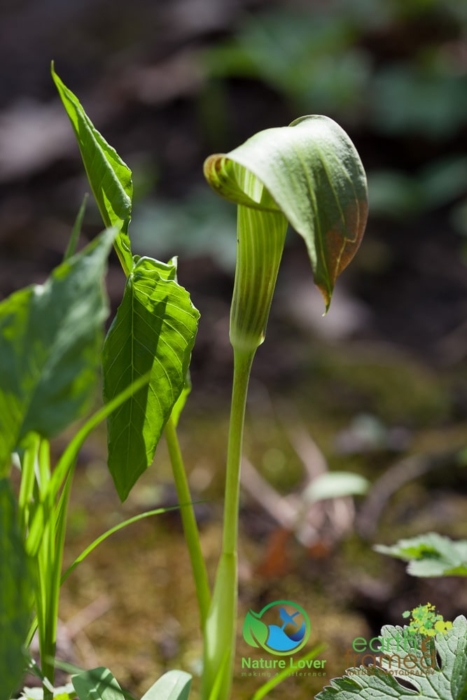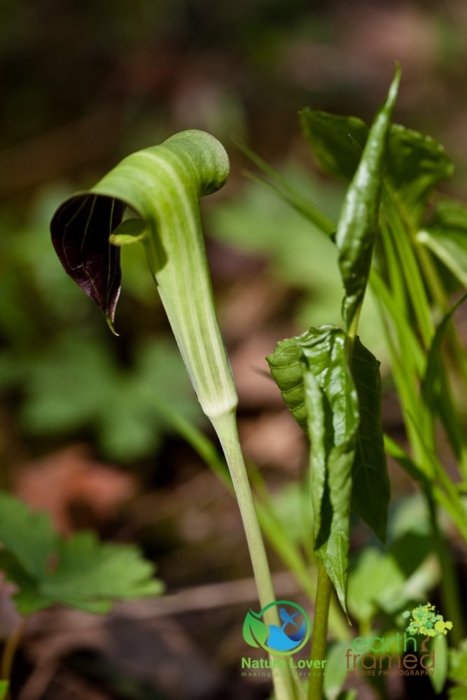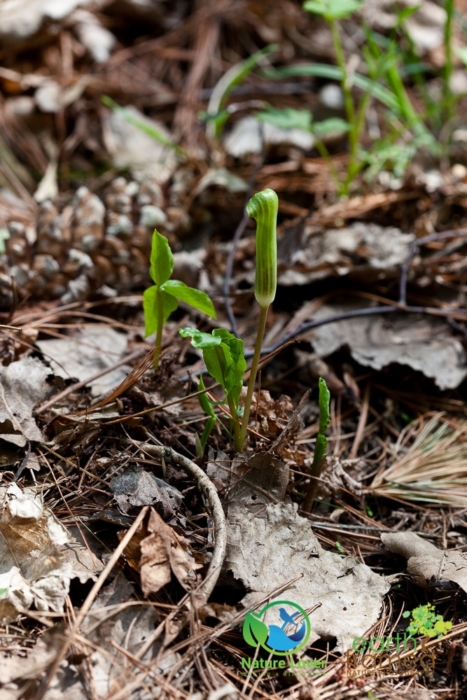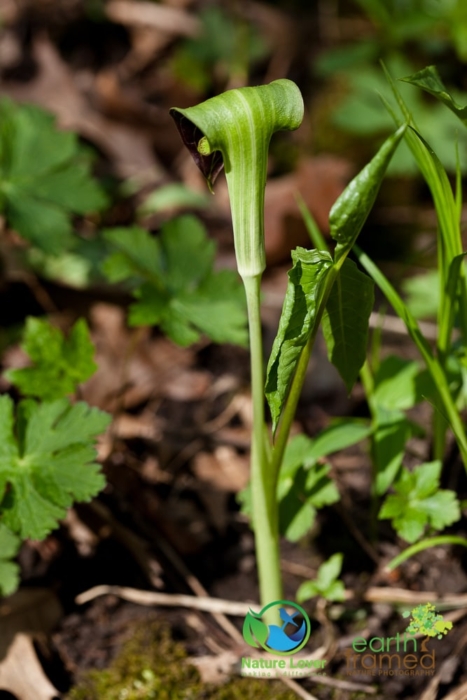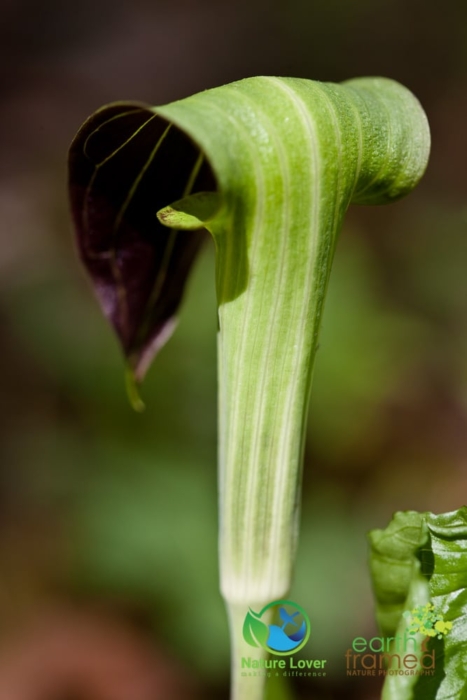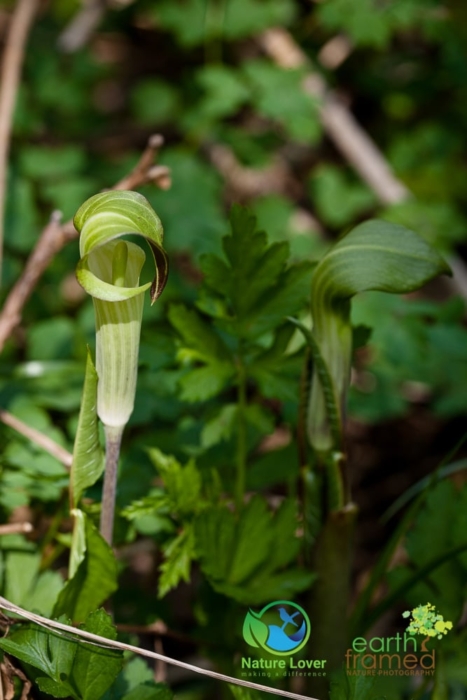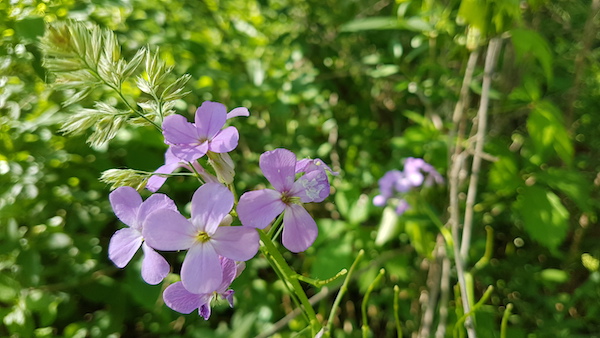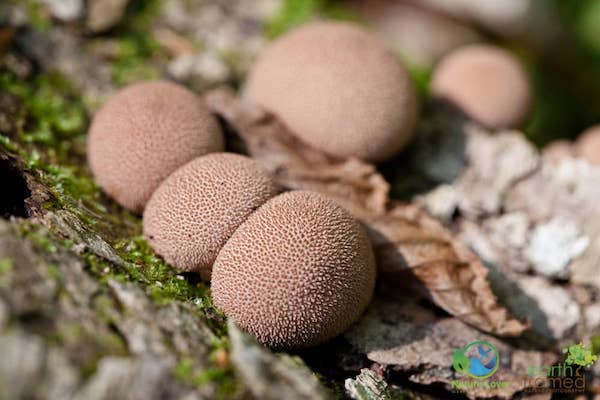Common Name: Jack-in-the-Pulpit, Indian Turnip, Small Jack-in-the-Pulpit
Scientific Name: Arum triphyllum
Family: Arum Family (Araceae)
Origins: North America (native)
Flowering Time: April – June
Habitat: Damp woods, forests and swamps. Often found with yellow birch and eastern Hemlock.
Range: Manitoba east to Nova Scotia.
Use: Berries are eaten by ring-necked pheasant, wild turkey and wood thrush. Dried root, or corm, was used in food and medicine. First Nations people sometimes combined the corm with black snakeroot and the bark of cherry to make a cough medicine or to reduce fevers.
Sources:
Chambers, Brenda, Karen Legasy, Cathy V. Bentley, Shayna LaBelle-Beadman, and Emma Thurley. Forest Plants of Central Ontario. Edmonton, Alta., Canada: Lone Pine, 1996. Print.
“Jack-in-the-PulpitArisaema Triphyllum.” – Ontario Wildflowers. N.p., n.d. Web. 17 Oct 2017. <http://ontariowildflowers.com/main/species.php?id=35>.
Niering, William A., Nancy C. Olmstead, and John W. Thieret. National Audubon Society Field Guide to North American Wildflowers: Eastern Region. New York: Alfred A. Knopf, 2001. Print.


